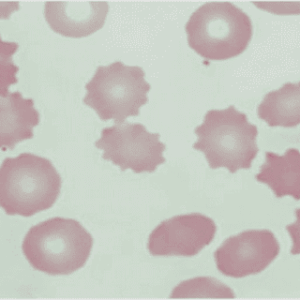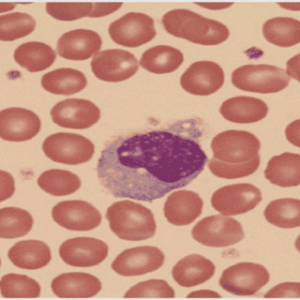(Downloads - 0)
For more info about our services contact : help@bestpfe.com
Table of contents
Introduction
Chapter I. Context and state of the art
1. Biomass and its composition
1.1. Biomass definition
1.2. Biomass composition
1.2.1. Organic fraction
1.2.2. Inorganic fraction
1.3. Biomass conversion to energy
2. The pyrogasification of biomass
2.1. Gasifier technologies for biomass
2.1.1. Fixed bed gasifiers
2.1.2. Fluidized bed gasifiers
2.1.3. Entrained flow gasifiers
2.2. Pyrogasification reactions
2.2.1. Pyrolysis reactions
2.2.2. Gasification reactions
3. The effects of inorganic elements on the steam gasification process
3.1. Assessment of the inorganic effects on char gasification
3.1.1. Effects of all inorganic compounds
3.1.2. The specific effects of K and Si
3.2. Proposed mechanisms for the K-catalysis
3.2.1. Mechanism with intercalation compounds
3.2.2. Mechanisms with a mechanical action
3.2.3. Mechanisms for a carbon atom
3.2.4. Mechanisms for carbon structures
3.2.5. Explanation of the reactivity changes at high conversion
3.3. Proposed mechanisms for the inhibiting effect of Si
3.4. Proposed models
4. Conclusions and objective of the work
Chapter II. Evolution of the char physicochemical properties during gasification
1. Materials and experimental installations
1.1. List of biomass species
1.2. Experimental set-ups
1.2.1. Pyrolysis furnace MATISSE
1.2.2. Thermogravimetric analyzer
1.2.3. Gasification devices
1.3. Characterization techniques
1.3.1. Raman spectroscopy
1.3.2. N2 and CO2 adsorption
1.3.3. Temperature programmed desorption coupled to mass spectrometry
1.3.4. Inductively coupled plasma with atomic emission spectroscopy
1.3.5. Scanning electron microscopy coupled to energy dispersive X-ray spectroscopy
1.3.6. Powder X-ray diffraction
2. Choice of the methodology
2.1. Choice of the biomass samples
2.2. Choice of the char production method
2.3. Choice of the gasification device
2.4. Thermodynamic equilibrium simulation method
3. Results and discussion
3.1. Gasification kinetic profiles
3.2. Results of the characterization of the char carbon matrix
3.2.1. Structure of the carbon matrix
3.2.2. Porosity of the carbon matrix
3.2.3. Surface chemistry of the carbon matrix
3.2.4. Conclusions on the carbon matrix properties
3.3. Results of the characterization of the inorganic fraction of the chars
3.3.1. Volatilization of the inorganic elements
3.3.2. Determination of the inorganic condensed phases
3.3.3. Conclusions on the inorganic fraction
4. Conclusions
Chapter III. Experimental study on the influence of K and Si on biomass gasification kinetics
1. Materials and methods
1.1. Biomass samples
1.2. Model inorganic compounds
1.2.1. Amorphous silica and quartz
1.2.2. Potassium carbonate
1.3. Experimental installation and procedure
1.4. Thermodynamic equilibrium simulation method
2. Steam gasification of the pure materials
2.1. Steam gasification of pure inorganic compounds
2.1.1. Amorphous silica and quartz
2.1.2. Potassium carbonate
2.2. Steam gasification of pure biomass
3. Results of the interactions between materials
3.1. Influence of K2CO3 addition on pyrolysis and steam gasification
3.1.1. Influence of K2CO3 addition on the pyrolysis reaction
3.1.2. Influence of K2CO3 addition on the gasification reaction
3.1.3. Characterization of the ashes
3.1.4. Conclusions on the influence of K2CO3 addition
3.2. Influence of the addition of SiO2 on steam gasification
3.2.1. Influence of the addition mode
3.2.2. Influence of the crystalline form
3.2.3. Influence of the concentration
4. Conclusions
Conclusions and perspectives
1. Conclusions
2. Perspectives
2.1. Towards a full understanding of the K-catalysis mechanisms
2.2. Towards a phenomenological modeling of the inorganics influence on biomass gasification kinetics
2.3. Towards practical applications to the gasification process
References




